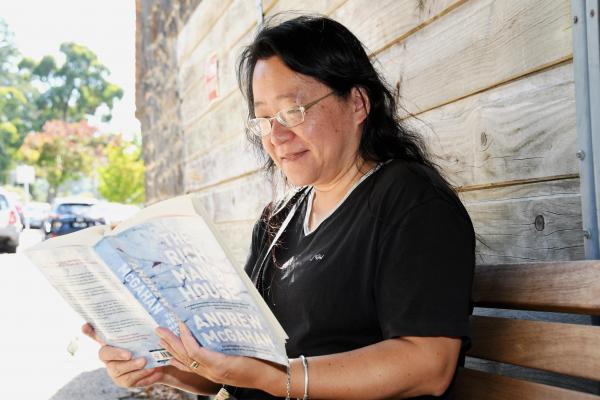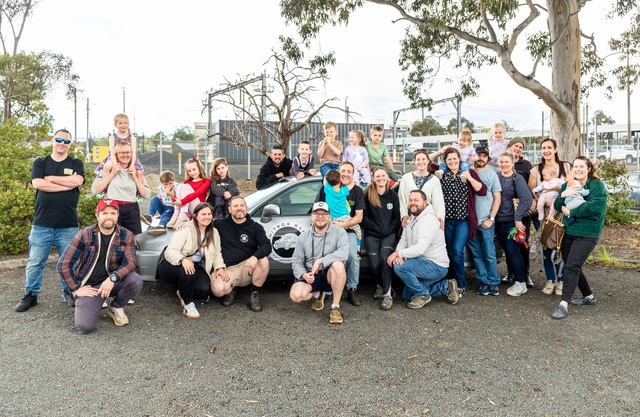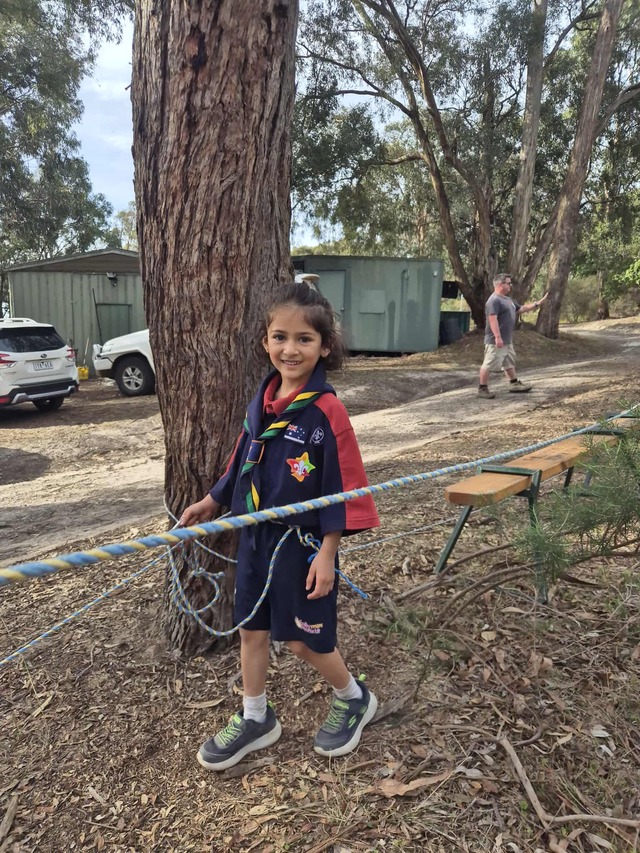It’s purely coincidental that this reviewer was reading Peace Crimes: Pine Gap, National Security and Dissent by Alice Springs-based journalist Kieran Finnane (2020) when a documentary about the book’s subjects – known as Peace Pilgrims – was shown via the ABC program Compass.
The Pilgrims are six non-violent activists who stepped through a fence at Pine Gap, the closely guarded military facility in Australia’s Northern Territory, on September 29, 2016. They were there to lament the dead of war – especially those dying by drone strikes in Iraq, Afghanistan, Syria, Pakistan, Somalia and Yemen.
Finnane describes the Pilgrims reaching the base’s outer boundary and starting their lament.
“Lamenting is not a solution in the physical world… but to people who are alive it says ‘what happens here is wrong’, and to the people who have died as a result, ‘you are released’.”
In the documentary, the musical lament is a soft, sombre melody commenced by a guitar and then joined by the deep, almost pensive sound of a viola. As the Pilgrims stood there – witnessing Pine Gap’s massive radomes and knowing its hidden antennas were busy intercepting and sending intelligence data to those on the other side of the world whose job is to kill by pushing buttons – one of them held up a poster. In Finnane’s words:
“It shows a turbaned Iraqi man holding a little girl, possibly his daughter or granddaughter.
Her face is blood-spattered, eyes closed. She is wearing a long fluffy mauve cardigan, bedraggled now, over green track pants. What is left of her legs and feet hangs in a mangled mess. The turbaned man seems to have picked her up from a pile of dead bodies. The photograph was taken in 2003 following a U.S. strike in Basra at the start of the war.”
As the Pilgrims and we all know: WAR IS REAL. Images of a three-year-old refugee found dead on a beach in Turkey and footages of innocent people desperately clinging onto evacuating military helicopters and transport planes then in Saigon and now in Kabul are “gut-wrenching”, as described by world leaders. Yet buttons keep being pushed.
In Peace Crimes, Kinnane details how the creation of Pine Gap in 1966 was supposedly for “space research” when it’s in fact a secretive U.S. satellite surveillance base. Since the end of the Cold War in 1991 and the rise of the War on Terror in 2001, the facility’s functions have changed, from intercepting and recording weapons and communication signals, to collecting geolocation data for intelligence purposes and high-tech military operations, including drone and missile strikes.
Kinnane’s voice is firm and clear, urging us to reflect on Australia’s responsibilities as a global citizen. When non-violent activism is deemed a menace to national security and threatened with seven years of gaol time, just to protect a top-secret military facility whose surveillance contributes to the merciless killing of innocent people in those nations we’re NOT at war with, what are we going to do about it?







